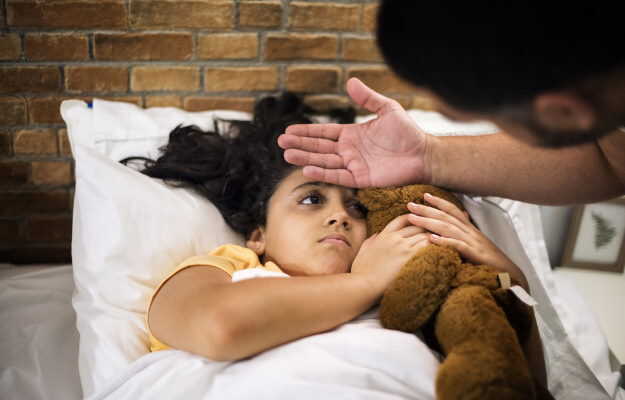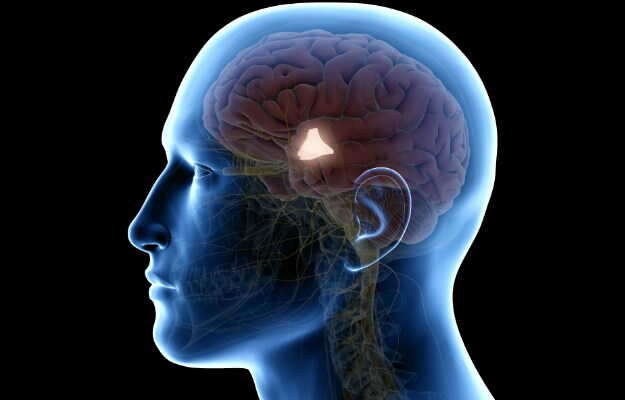The human eye is a ball-like structure with many layers in it. When we look at an object, the light from it strikes the outermost layer of the eye (cornea), crosses the liquid medium (aqueous humour) and reaches the coloured portion of the eyes (iris). The iris helps in regulating the amount of light that enters the eye. The image is then sent to the pupil which adjusts the light which would enter the eye. After that, an upside image forms on the lens of the eye. This image is transferred to the retina which is the light-sensitive region of the eye. The retina then sends the image information to the brain with the help of the optic nerve. After the brain processes the image, the image is sent back to the retina which straightens the image and sends it to the lens. This is how we see objects and people around us.
Any damage to any of these parts of the eye can hamper your vision. Retinitis pigmentosa is one of the eye disorders that can diminish your ability to see.
Retinitis pigmentosa is a rare, inherited condition (which means it runs in the family). This disease slowly and progressively degenerates the light-sensitive area, i.e., the retina of the eye, eventually leading to blindness. A group of disorders, retinitis pigmentosa occurs when the rods and cones in the eye no longer function properly.
Though every patient can experience the symptoms and their progression differently, usually
- Patients lose night vision in their preteen and teen years.
- Patients often lose their side vision next, usually as young adults.
- Patients lose central vision later in life.
There is currently no cure for the disease but therapies like sun protection and vitamin therapy can help in delaying the rate of disease progression.
You might also be interested in: Macular degeneration: symptoms, causes, diagnosis, treatment

 Doctors for Retinitis Pigmentosa
Doctors for Retinitis Pigmentosa  OTC Medicines for Retinitis Pigmentosa
OTC Medicines for Retinitis Pigmentosa






































